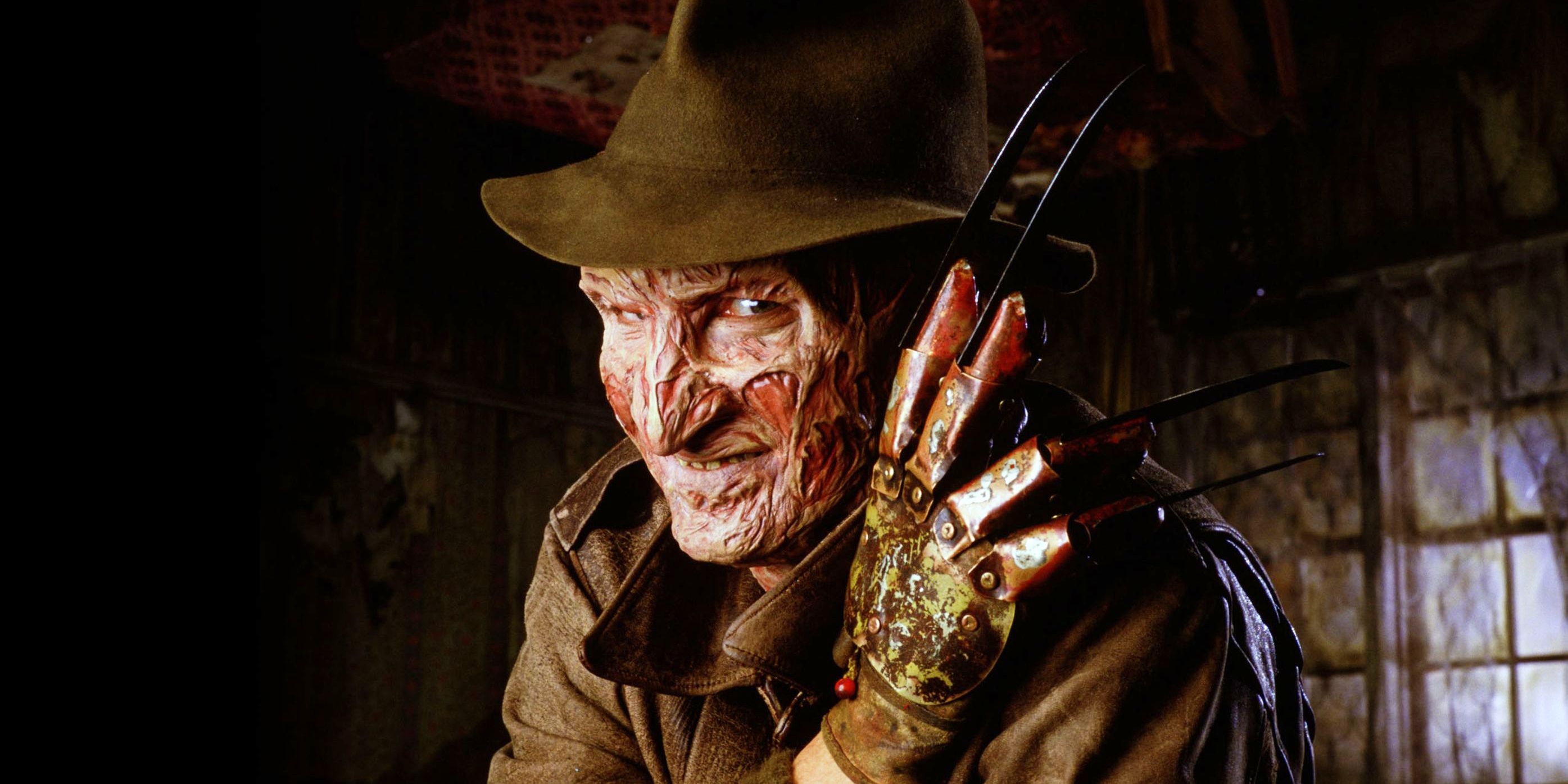The Plot That Haunts Dreams
Set in the fictional town of Springwood, Ohio, the story follows a group of teenagers who begin to experience terrifying nightmares about a scarred man in a tattered fedora and glove with razor-sharp blades for fingers. One by one, they are killed in their sleep—only to die in real life.
The teens soon discover the truth: they are being hunted by Freddy Krueger, a child murderer who was burned alive by angry parents years ago. Now, he returns through their dreams, seeking revenge from beyond the grave.
A Villain Like No Other
Unlike silent killers such as Michael Myers or Jason Voorhees, Freddy Krueger (played by Robert Englund) is talkative, sadistic, and enjoys tormenting his victims before killing them. His ability to enter dreams makes him unstoppable, turning the victims’ own minds into a battlefield.
Freddy’s burned face, red-and-green sweater, and blade glove became instantly recognizable symbols in pop culture.
Breaking the Rules of Horror
Wes Craven’s genius lay in combining psychological horror with slasher tropes. The idea that you could die in your sleep was a terrifying concept, especially for young audiences. The film blurred the line between dream and reality, creating suspenseful and surreal sequences that shocked viewers and kept them guessing.
The special effects, though dated by modern standards, were groundbreaking for their time—especially the rotating bedroom scene and the geyser of blood effect, which became legendary.
A Launchpad for Stars
The film also marked the film debut of Johnny Depp, who played Glen, one of the unlucky teens. His gruesome death scene remains one of the most memorable in horror history.

Cultural Impact and Legacy
A Nightmare on Elm Street was a massive success, both critically and commercially. It spawned a long-running franchise, including multiple sequels, a crossover with the Friday the 13th series, and a 2010 remake. Freddy Krueger became a pop culture icon, featured in merchandise, television, and even rap songs.
More importantly, the film helped establish New Line Cinema as a major studio, earning it the nickname "The House That Freddy Built."
Final Verdict
A Nightmare on Elm Street is not just a horror film—it’s a cultural phenomenon. With its clever premise, terrifying villain, and psychological depth, it set a new standard for horror in the 1980s and beyond. Even decades later, it still haunts the imagination of viewers and stands as one of the greatest horror films of all time.



-1751517246-q80.webp)
-1752300539-q80.webp)